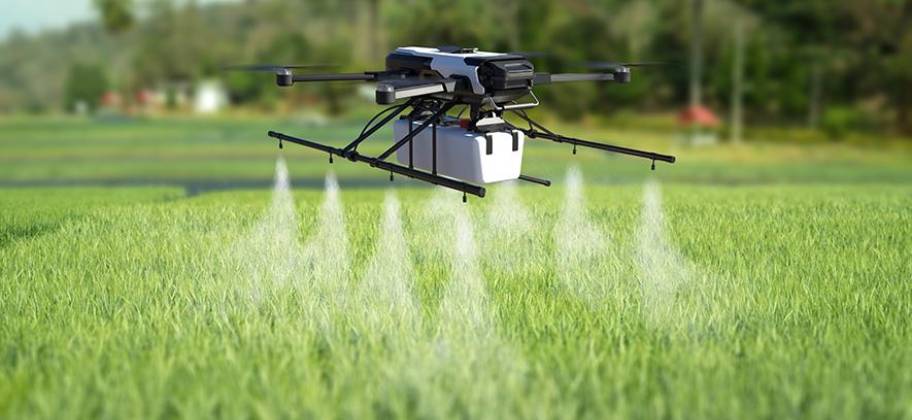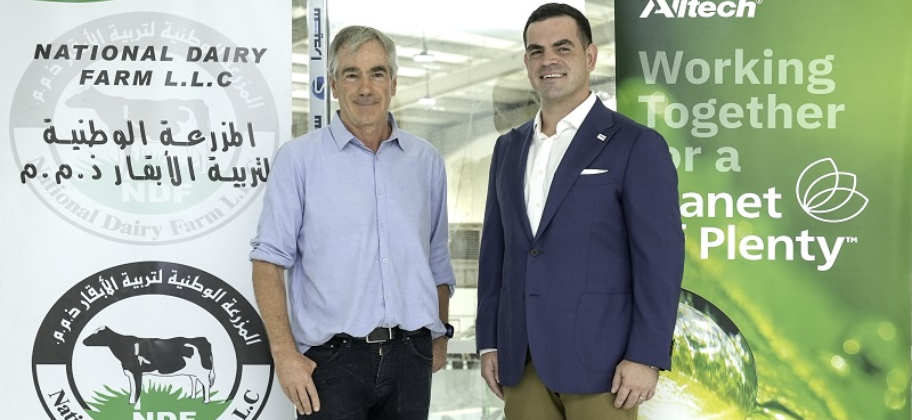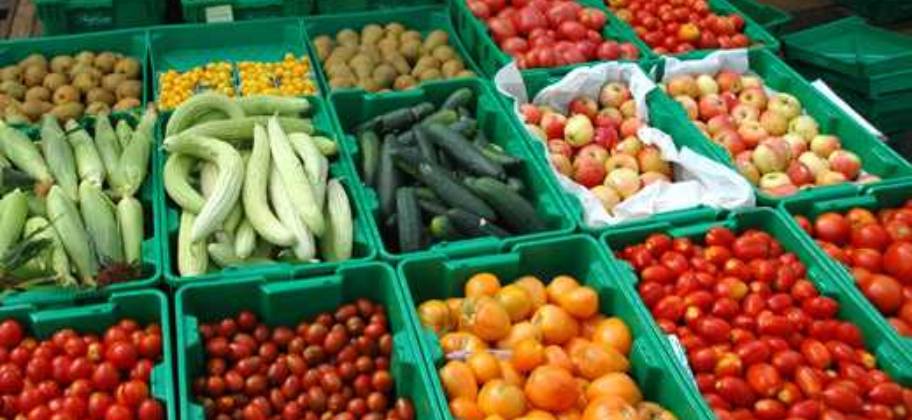There are several ways in which artificial intelligence can be used to help the environment and address the consequences of climate change.
Experts say that artificial intelligence (AI) is increasingly present in the automation (using technology to ensure proper execution of instructions) of the way humans live their lives – and is expected to play a pivotal role in efforts to mitigate climate change and preserve the environment.
In this regard, the capabilities of artificial intelligence provide tremendous opportunities to explore soil and opportunities to improve efficiency and sustainability in agriculture and address the agricultural industry’s challenges in climate change, increased demand for food with the increasing population.
“Artificial intelligence helps us explore, explain, and expand our knowledge of the universe,” says Karen Panetta, Professor of Computer Science and Dean of Higher Education at Tufts University in Massachusetts.
Going further into the uses of artificial intelligence technology, the scope of use expands to improve the quality of agriculture and reduce harmful carbon emissions in processes such as pest and disease management, improving crop quality and growth, and predicting production.
Soil and Crops
Artificial intelligence and drone technologies support processes such as crop examination, soil and germination environment discovery, development, and treatment, and they also intersect with smart machines to predict crop conditions and guide irrigation, fertilization, and harvesting processes.
The results of using artificial intelligence are associated with sustainable environmental processes by helping to save time and effort, reduce operational costs, and improve decisions related to agriculture and harvesting.
Regarding soil exploration, for example, Google granted $5 million to the Woods Hole Center for Climate Research to support the development of an open-access resource that allows residents of the North Pole to track permanent ice melt in real-time.
This tracking tool combines satellite technology and artificial intelligence to provide life-saving information for residents whose homes may collapse with the ground beneath them, according to Anna Liljedal, a researcher at the Woods Hole Climate Research Center.
Exploring harsh environments like the North Pole through modern technology addresses the limitations of traditional remote sensing methods applied to satellite imagery, as similar artificial intelligence techniques are used for facial recognition to map the ice polygons underground – features that satellites cannot capture – and similarly develop ways to discover deteriorating ice rivers.
Exploring the soil in the North Pole is in response to the consequences of climate change, as the temperature of the North Pole has risen four times faster than the rest of the Earth since 1979, according to a study published in the journal “Communications Earth & Environment” in 2022.
While all this melting endangers polar species and increases the risk of pollution and environmental disasters such as shipping, researchers say that previously closed routes open due to the melting ice, endangering human lives.
Liljedal says, “With frozen soil, we have to look at indirect signs as they are hidden in the ground,” noting that “the melting of frozen soil was extremely severe in Point Lay, northwest Alaska, where existing water lines in the ground transformed and broke.”
This tool (artificial intelligence techniques) will allow communities living in the North Polar frozen soil to plan properly for the safety of residents and enable policymakers to make better decisions about the types of goals that countries must implement to eliminate greenhouse gas emissions.
Furthermore, the emissions currently tracked by the UN Framework Convention on Climate Change do not take into account emissions released due to the melting of the frozen soil in the North Pole, making tracking melting more important, according to Liljedal.
Sustainable Food
COP28’s presidency pledged to provide sustainable food at the climate conference, and Dr. Sultan Al Jaber, UAE Minister of Industry and Advanced Technology and the appointed President of COP28, confirmed the availability of cost-effective and nutritious plant-based food options.
Using artificial intelligence techniques to achieve sustainable agriculture aligns with global climate trends that reject intensive meat use, prompting the United Nations to announce that it will likely provide plant-based food at the COP28 climate conference in Dubai.
This historic decision is the first of its kind for the international governmental body, coming after years of campaigns by vegetarian activists, in conjunction with the Year of Sustainability in the UAE. This step is a strong recognition of the impact of the animal agriculture industry on climate change.
In response to a message from activists demanding that at least three-quarters of this year’s list be plant-based, COP28 President Dr. Sultan Al Jaber confirmed the conference’s decision to proceed with that.
The message, signed last April in collaboration with the UN Framework Convention on Climate Change’s Youth and Children’s Department (YOUNGO) and more than 140 youth organizations and civil society organizations, who worked with the advocacy group “ProVeg International,” called for mainly plant-based options at COP28. It also called for regional (where possible) and culturally inclusive sources.
Al Jaber replied, “The presidency of the 28th session of the Conference of the Parties (COP28) strongly focuses on transformative work in food systems as part of a broader global climate change agenda. As part of this, we intend to showcase sustainable food systems at COP28 itself. My team is working to ensure the availability of cost-effective and nutritious plant-based food options from local and regional sources, with clear emissions labeling.”
Despite the controversy, COP28’s decision was welcomed by environmental activists and plant-based advocacy groups. This aligns with consumer confidence in the UAE – 44% of its population is open to replacing meat and dairy products with plant-based alternatives.
As the agricultural industry evolves rapidly with the introduction of new technologies, artificial intelligence contributes to the success of crop and harvest management to improve environmental sustainability, serving as a vital alternative to animal industry products that produce double the emissions of the agricultural industry.
In the coming years, artificial intelligence will play an important role in precision agriculture and help make agricultural practices more sustainable.
Artificial Intelligence and Agriculture: Future Harvest and Food Sustainability




